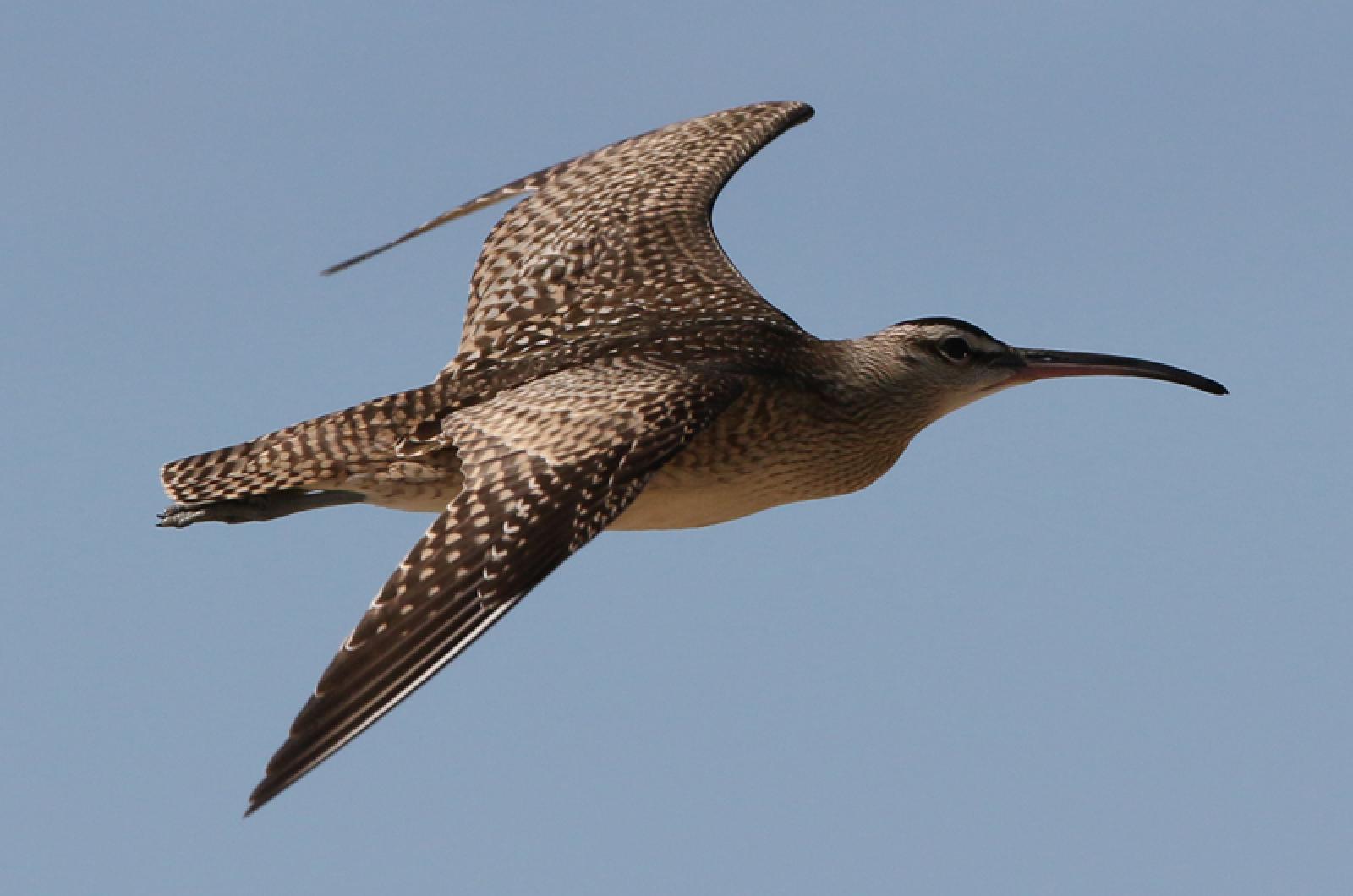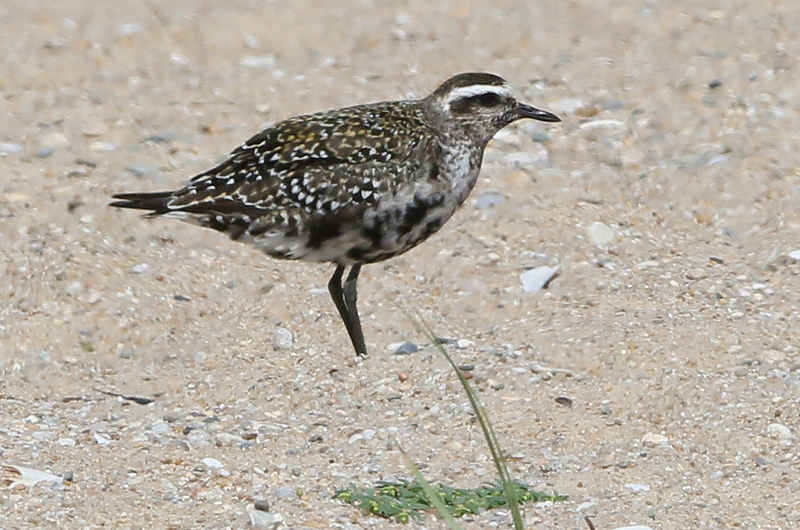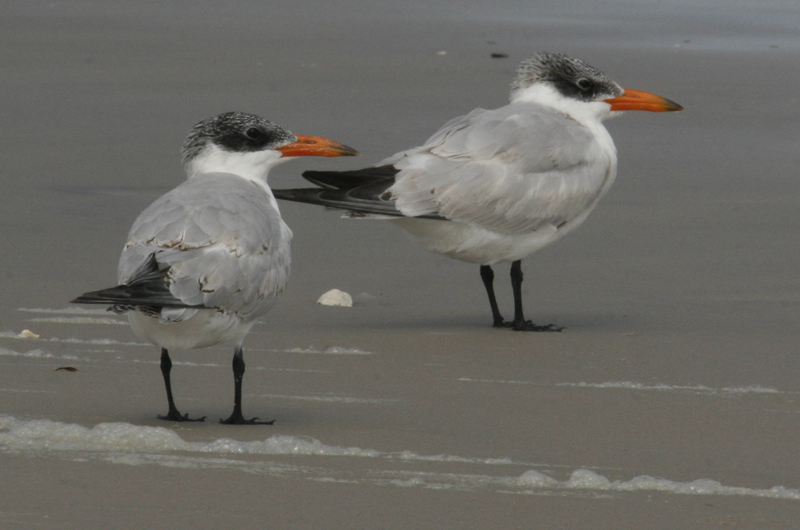As I write this tropical storm Hermine is sitting offshore, almost stationary, a couple hundred miles south of us. And the wind is blowing up to 40 miles per hour, bending and swaying entire trees and being rather noisy in the process.
How do songbirds cope? First, they will try to find sheltered areas in valleys and in the thick growth along our several streams — just like the flock of chickadees, titmice, nuthatches and woodpeckers I observed at eye level near the stream alongside Cedar Tree Neck’s yellow trail during the high winds of Sept. 5. Or they might seek out our abundant evergreens, which provide a gentler, calmer microclimate within their branches. They can, however, stay perched on branches that are being blown around by the wind. When they perch, their toes automatically curl around the twig and lock into place, not to be released until the bird decides to. The branch may blow down but they will stay perched and fall with the branch.
Songbirds in flight are not so lucky. If they are trying to fly in tropical storm or hurricane force winds they may fight the wind and seek shelter, or they may ride with the strong winds and get carried counterclockwise into the eye of the storm. If the storm is over land they are in luck as then they can settle down into the vegetation to ride out the storm. When they are over the water it is another story. They cannot swim so their luck runs out if the storm is like Hermine and remains over water for a few days (Sept. 5-9).
Waterbirds are another story. First of all, they can swim, so they will be able to rest and hunt for food while on the water. And many of them are much stronger fliers, able to fly for days at a time. They can just ride out the storm, and go wherever it takes them. And many of them will then use their innate navigation system to return to their pre-storm haunts.
And since we have to put up with these storms, birders can take advantage. During the storm seabirds may be driven toward the land so birders can see species (think shearwaters and petrels) that they would normally have to travel out to sea to see. And those birds that just ride out the storm (tropical species like bridled terns and sooty terns) are only found here after they have been displaced by such storms.
Stay tuned to next week’s column to find out if any of these storm-driven species show up.
Bird Sightings
The bird of the week is a Caspian tern (the largest tern in North America) which was observed standing on the tidal flats of Norton Point Beach by Ken Magnuson on August 30. This large, generally inland tern, only slightly smaller than a herring gull, is usually seen here sometime between late September and mid-October.
Pete Gilmore writes that on August 29 there were a lot of birds on Norton Point Beach. There were least, common, roseate, black and Forster’s terns; black skimmers, lesser black-backed gulls, least and semipalmated sandpipers, sanderlings, greater yellowlegs, semipalmated and black-bellied plovers; ruddy turnstones, willets, American oystercatchers, a great blue heron and an immature yellow-crowned night-heron, likely one of the individuals that has been seen multiple times since August 13. Mr. Gilmore, Mr. Magnuson and Lanny McDowell birded Norton Point on Sept. 4 and added a whimbrel and an American golden plover to this list.
On Sept. 5, Soo Whiting, Luanne Johnson and Allan Keith joined the three birders in the previous paragraph for a tour of Norton Point and Katama. They added two pectoral sandpipers on Norton Point and a kestrel at the Farm Institute. They also observed at least 15 to 20 lesser black-backed gulls on the beach. These gulls were likely driven to the land because of tropical storm Hermine. Mr. Magnuson also observed a solitary sandpiper that morning at the Edgartown Golf Club.
On Sept. 4, Steve Allen reported great egrets, green heron, and semipalmated plovers from Felix Neck.
Maria Thibodeau reported three black-crowned night-herons, a great blue heron and a mute swan at the Sheriff’s Meadow Sanctuary near downtown Edgartown on Sept. 4.
My Sept. 3 guided birding tour visited Norton Point Beach. Our highlight was a yellow-crowned night-heron perched in the western-most salt marsh in Mattakessett Bay. But it was high tide, and there were relatively few shorebirds, most of which were roosting on the ocean side beach.
Barbara Berresford sent a photo of four wood ducks that she saw on a small pond along the Mill Brook in West Tisbury on Sept. 1. This species used to be much more common than it is now.
And Penny Uhlendorf reports that red-breasted nuthatches have been coming to her feeders for several weeks, and that they have been in the neighborhood all summer. They used to be regularly seen during the breeding season, though they were not widely distributed.
Southbound migrants are passing through, so go look for them and please be sure to report your sightings to birds@mvgazette.com.
Robert Culbert leads Saturday morning guided birding tours and is an ecological consultant living in Vineyard Haven.







Comments
Comment policy »